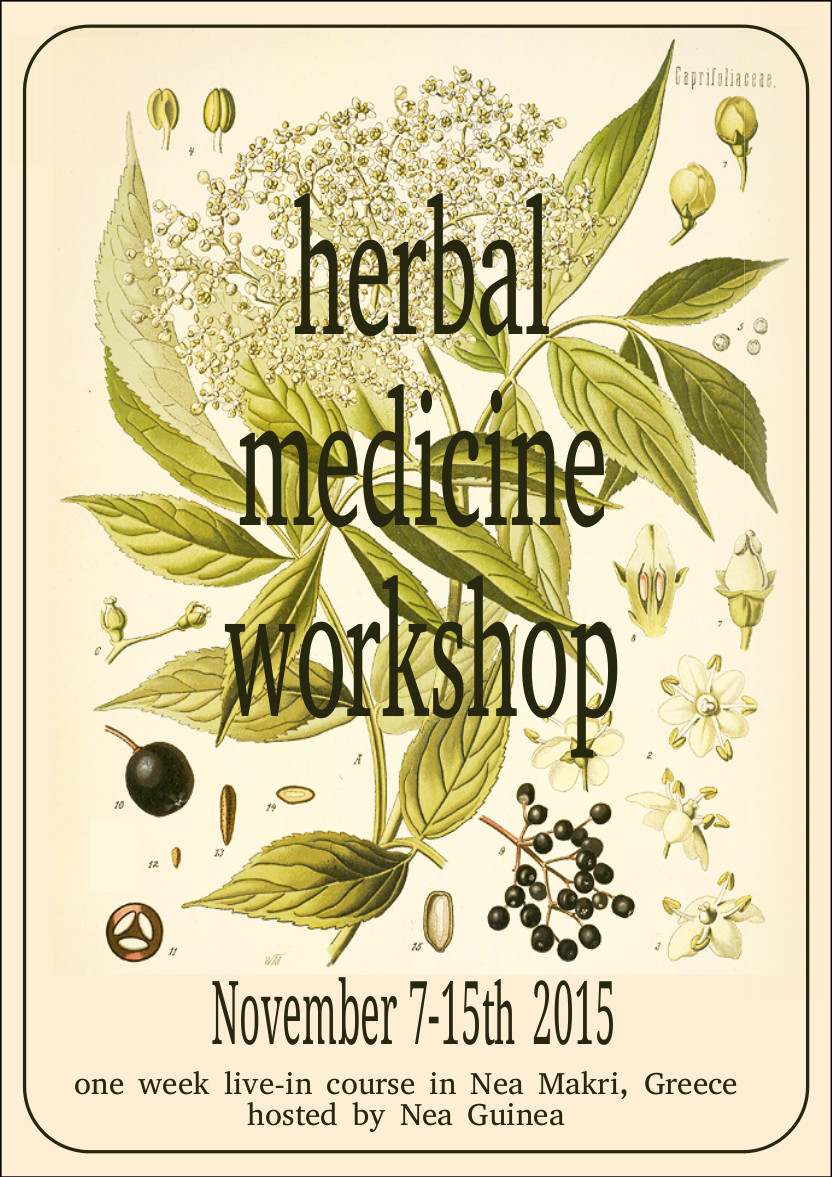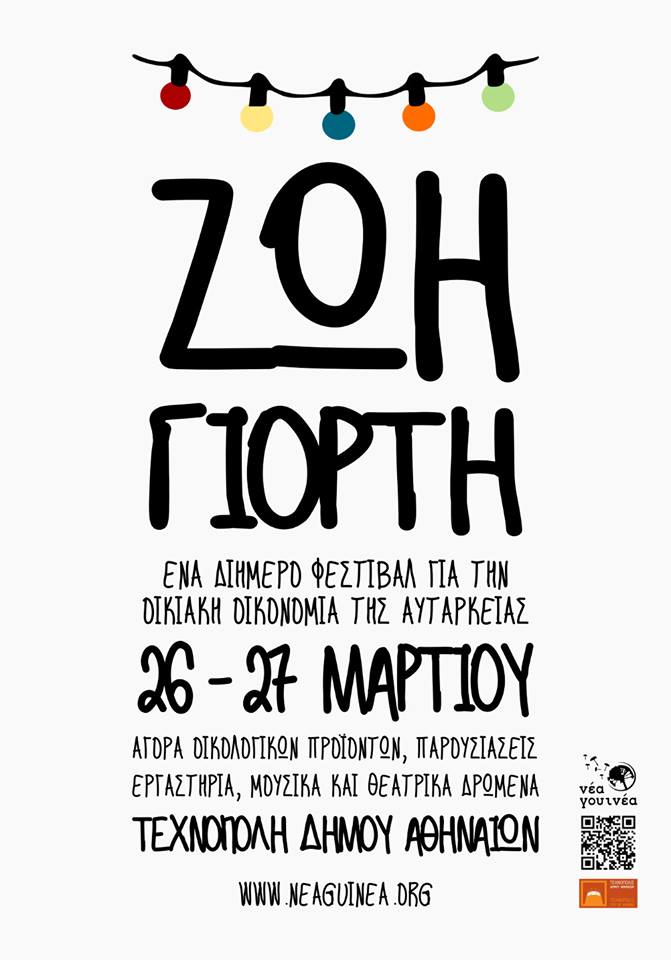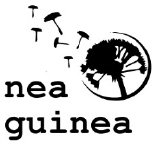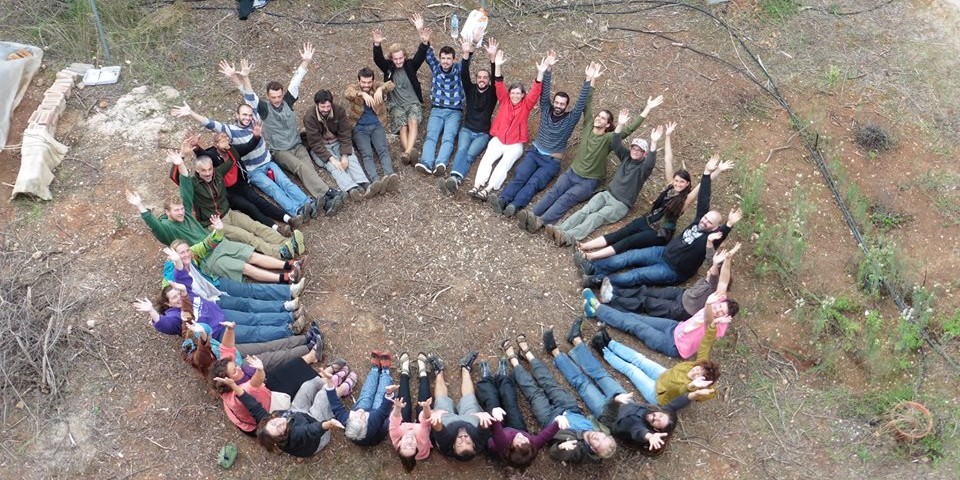
7-15th November: Herbal Medicine course in Nea Makri, Greece
20 August 2015
26-27/3: ZOH GIORTH A two day festival on homesteading and self-sufficiency
15 March 2016Rosemary (Rowe) Morrow: an Australian permaculture veteran who is known for her pragmatic and effective approach to creating community-scale permaculture projects across a broad range of environments in countries such as Uganda, Ethiopia, Thailand, Albania, Afghanistan, Australia and Europe. With qualifications in agriculture, horticulture, rural sociology and adult education, Rowe sees herself as primarily a permaculture teacher. Her knowledge, gained over 40 years work, is used to create abundance, food security and successful sustainable farming models and is recognised in permaculture education today. Aside from teaching PDCs, Rowe now focuses more Teaching Permaculture Teachers, a training to share her knowledge with a new generation of permaculturists who are rapidly becoming effective and ethical permaculture teachers. This is how she connected with her co-teacher for this course, Tina Lymberis, in 2013. She is the author of the “earth user’s guide to permaculture”, “earth user’s guide to teaching permaculture”, “Family Seedsaving Book”, and “A Good Home Forever (book and DVD)”.
Tina Lymberis: She’s been educated as an electronic engineer, a trainer, even as a TV producer in her search for what would hold her interest long enough to make something good out of it. Permaculture was it! She’s been researching it, learning it, applying it and teaching it since 2010 and feels it’s the perfect way to combine all her passions and skills. She firmly believes that permaculture is the solution for many of Greece’s problems, that’s why she writes permaculture articles in greek on her blog, organises permaculture seminars and workshops, practices permaculture on whichever land she…lands on and helps other people do the same.
It’s the classic Permaculture Design Course (PDC), the internationally-recognized seventy-two hour course resulting in a Permaculture Design Certificate which is a comprehensive introduction to permaculture design as set forth by movement founder Bill Mollison.
Τhe course runs for 13 days (including a 1-day break) in English with a translation of the main terms for the greek-speakers.
Participants will learn:
- approaches to design including: mapping; designing from patterns to details; analysis of elements; using slope & orientation; and analysing the needs and yields of systems
- how to increase productivity using intensive garden design strategies including: stacking, soil-building, mulch, nutrient cycling, pest control, green manures, worms, compost & companion planting
- how to survey landscapes for property design using simple and sophisticated tools; mapping and map making; and site analysis and assessment
- how to read weather patterns; create and enhance micro-climates; and create design strategies for all major global climatic zones
- how trees and forests regulate and moderate ecosystems; how to sustainably use, propagate, harvest and manage tree systems using techniques such as coppicing, pollarding, grafting, shelter belts, orchards, guild planting and succession planning
- how to save money on energy bills with efficient home design, retrofitting, and renewable energy systems
- multiple uses for greywater; constructed wetland design; and other techniques for treating “waste water
- passive water hydration and infiltration, rainwater collection, storage and composting toilets
- using reconstructive earthworks, water harvesting and soil conditioning to recharge ground water, re-hydrate and drought-proof the landscape
- how to bring fertility back to the land and build topsoil through a diversity of ancient and modern techniques
- how to cycle nutrients and incorporate animals into your system using innovative techniques such as chicken tractors, pannage systems, pigeon lofts, dairy systems and beekeeping
- creating living ecosystems that feed and nurture us and future generations. Design through the use of nature’s rules to create a lush and resilient natural environment
- aquaponic systems, the combination of aquaculture (growing fish) and hydroponics (growing food without soil)
- how to design solar-heated buildings (including cold-climate greenhouses). The use of natural building materials, energy efficient house placement and design and the assurance of a healthy indoor environment
- strategies for creating community-wide sustainability, village development, alternative economies, local currencies, and how to organize community groups.
During the 13-day course (two six day segments with a day off in the middle), you will be supported in making an individual design (it could be farm, an apartment, a city block, or a community), as well as participate in a group design. This course is for you if you want to gain practical analytical skills and perspectives for living sustainably and productively.
For more information on the course click here.




